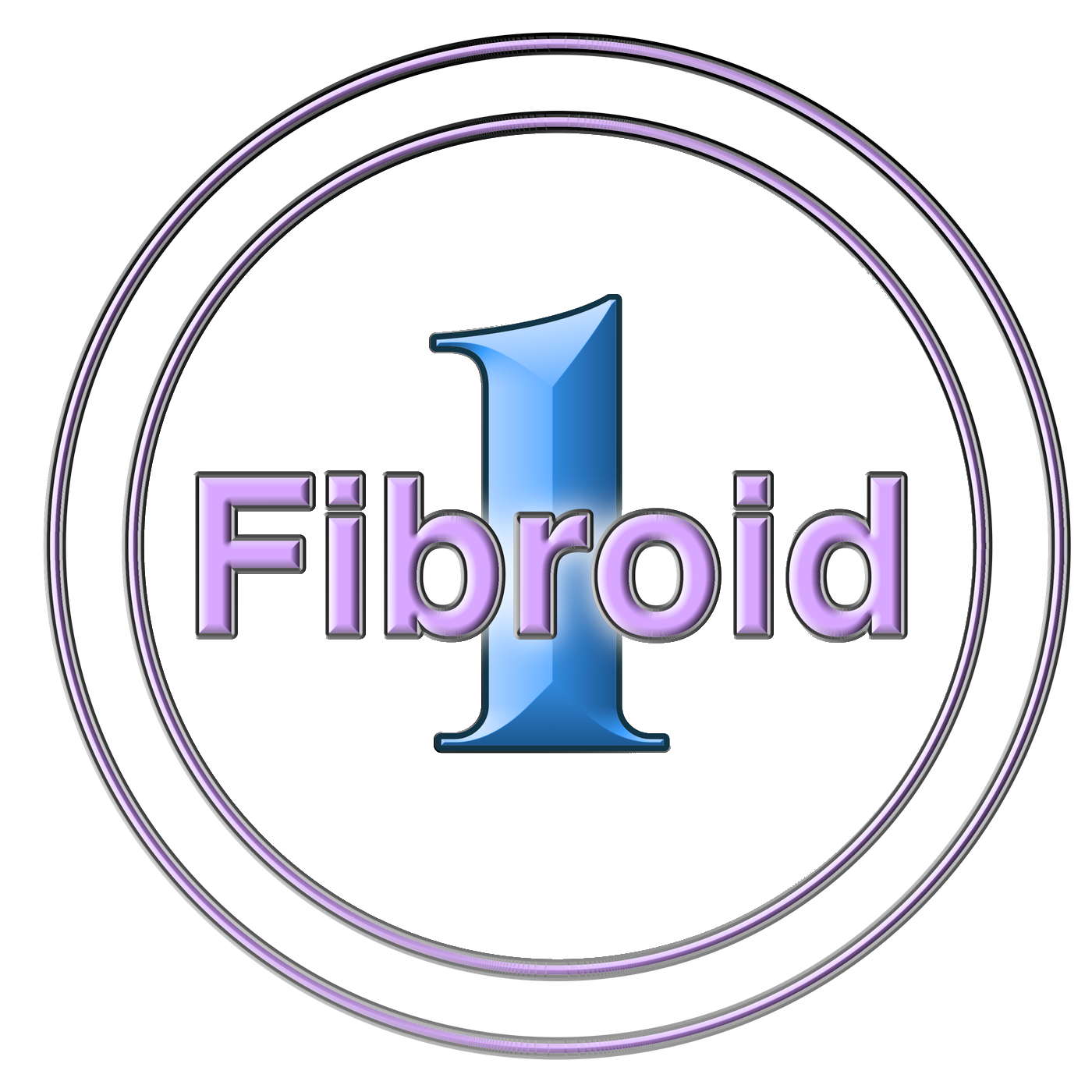Uterine fibroids are a form of non-cancerous growth that appears in the smooth tissues of the uterus. They’re a common concern that many women experience throughout their life, with most over 55 having them. While they can be symptomless, they can also be the source of significant pain and heavy bleeding while menstruating. What leads to their development isn’t well understood, though genetics and hormones are known to be involved.
How To Identify Uterine Fibroid Symptoms
In the majority of cases, the fibroids will be asymptomatic, meaning they appear without symptoms. When there are no symptoms associated with the presence of fibroids, they are generally not a cause for concern. Asymptomatic fibroids tend to be smaller, while larger ones can be the source of significant symptoms. These symptoms include:
- Heavy, painful bleeding during menstruation
- Bleeding that occurs between menstruation
- A pronounced feeling of heaviness in the lower abdomen
- Feeling the need to urinate often
- Pain experienced during sex, sometimes only in certain positions
- Pain in the lower back
- Chronic vaginal discharge
- Constipation
- Difficulty fully emptying the bladder
- Enlargement of the abdomen, sometimes appearing like pregnancy
Due to the hormonal involvement in the development of fibroids, they often fade after menopause. In other cases, they’ll merely stabilize.
Bulk Symptoms From Fibroids
In cases where the fibroids are exceptionally large, the uterus may increase in size. In severe cases, it can increase in size up to 10 times. Indicators like this are known as “bulk symptoms .”Women with these symptoms often report that their uterus feels enlarged, as though they are pregnant. Concerns such as increased urination or constipation often appear alongside bulk symptoms.
Bleeding From Uterine Fibroids
Fibroids can be the cause of significant increases in menstrual flow. This increased blood loss can result in the development of anemia due to iron deficiency. This deficiency not only causes anemia symptoms but can also reduce the ability of the bone marrow to produce additional red blood cells. Some cases of anemia due to fibroids can become so serious as to be life-threatening.
While iron pills can be used to address some of the concerns resulting from heavy bleeding, it’s not a panacea. The iron pills make it possible for the body to produce more red blood cells, but when the bleeding is severe enough, it may not be enough to compensate. Your bone marrow can only produce blood up to a certain point. When blood loss is happening faster than this, other steps need to be taken.
The most common approach to addressing blood loss from fibroids is the removal of the offending fibroids. At one point, the best approach to this was considered a hysterectomy. Today there are minimally invasive procedures available that may be able to preserve the uterus. Uterine fibroid embolization is one such example. This treatment blocks the flow of blood to the fibroids, reducing them in size and easing symptoms.
Your Fibroid Specialist Can Tell You More
You can learn more about bleeding and bulk symptoms from your fibroid specialist. Contact them for a consultation today!












